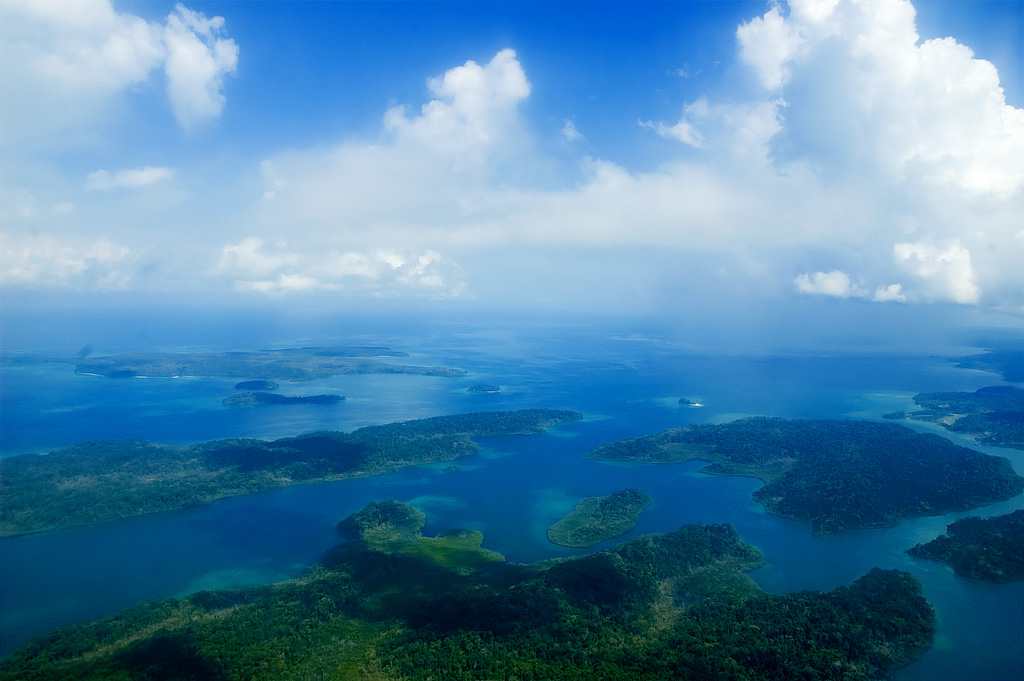LTDM80J Episode 01:
London to Brindisi (Via Paris, Mont Cenis, Turin)
Inspired by the novel of Jules Verne "Around the world in 80 days" we will listen music from every station of the heroes route, following their journey. But how and why did this journey begin?
Certainly Phileas Fogg did not travel around the world to conquer it. Nor did he express any desire to discover it. After accepting a wager, he travelled around the world, just to return back home as quickly as possible. Jules Verne, going through some difficult times both financially and personally, but at the same time inspired by the technological innovations of the time, shakes up the repetitive and predictable daily life of his hero. But what had he really gained by this long journey?
Certainly Phileas Fogg did not travel around the world to conquer it. Nor did he express any desire to discover it. After accepting a wager, he travelled around the world, just to return back home as quickly as possible. Jules Verne, going through some difficult times both financially and personally, but at the same time inspired by the technological innovations of the time, shakes up the repetitive and predictable daily life of his hero. But what had he really gained by this long journey?
— “Had he travelled? It was likely, for no one seemed to know the world more familiarly.”
“He must have travelled every where, at least in the spirit.”
“It was at least certain that Phileas Fogg had not absented himself from London for many years. Those who were honored by a better acquaintance with him than the rest, declared that nobody could pretend to have ever seen him anywhere else.”
“He lived alone in his house on Saville Row, whither none penetrated.”
“At 8.45 the whistle screamed, and the train slowly glided out of the station.”
“The night was dark, and a fine, steady rain was falling. Phileas Fogg, snugly ensconced in his corner, did not open his lips.”
— “Reached Paris, Thursday, October 3rd, at 7.20 A.M.”
“He must have travelled every where, at least in the spirit.”
“It was at least certain that Phileas Fogg had not absented himself from London for many years. Those who were honored by a better acquaintance with him than the rest, declared that nobody could pretend to have ever seen him anywhere else.”
“He lived alone in his house on Saville Row, whither none penetrated.”
“At 8.45 the whistle screamed, and the train slowly glided out of the station.”
“The night was dark, and a fine, steady rain was falling. Phileas Fogg, snugly ensconced in his corner, did not open his lips.”
— “Reached Paris, Thursday, October 3rd, at 7.20 A.M.”
Embarking from London, we listened to Brian and Roger Eno, as well as the first recording of the sound of Big Ben. Continuing in France, excerpts from two operas that premiered in 1872 in Paris, the same year that the story takes place and the book was published. “La princesse jaune” by Saint Saens and “Djamileh” by Bizet. 14 years earlier, in 1958, Jules Verne travelled for the first time outside of France, to Scotland, with his friend, the composer Aristide Hignard. Jules Verne wrote several librettos for the compositions of Hignard, like the “Le Tankader”
— “Left Paris, Thursday at 8.40 A.M.”
Crossing the Alps by train, via the tunnel of Mont Cenis, the first mountain railway in the world that opened in 1871, the heroes arrive at the industrial Turin.
— “Reached Turin by Mont Cenis, Friday October 5th, at 6.35 A.M.”
— “Left Turin, Friday at 7.20 A.M.”
— “Arrived at Brindisi, Saturday, October 5th, at 4 P.M.”
— “Left Paris, Thursday at 8.40 A.M.”
Crossing the Alps by train, via the tunnel of Mont Cenis, the first mountain railway in the world that opened in 1871, the heroes arrive at the industrial Turin.
— “Reached Turin by Mont Cenis, Friday October 5th, at 6.35 A.M.”
— “Left Turin, Friday at 7.20 A.M.”
— “Arrived at Brindisi, Saturday, October 5th, at 4 P.M.”
Alternatively listen here︎︎︎

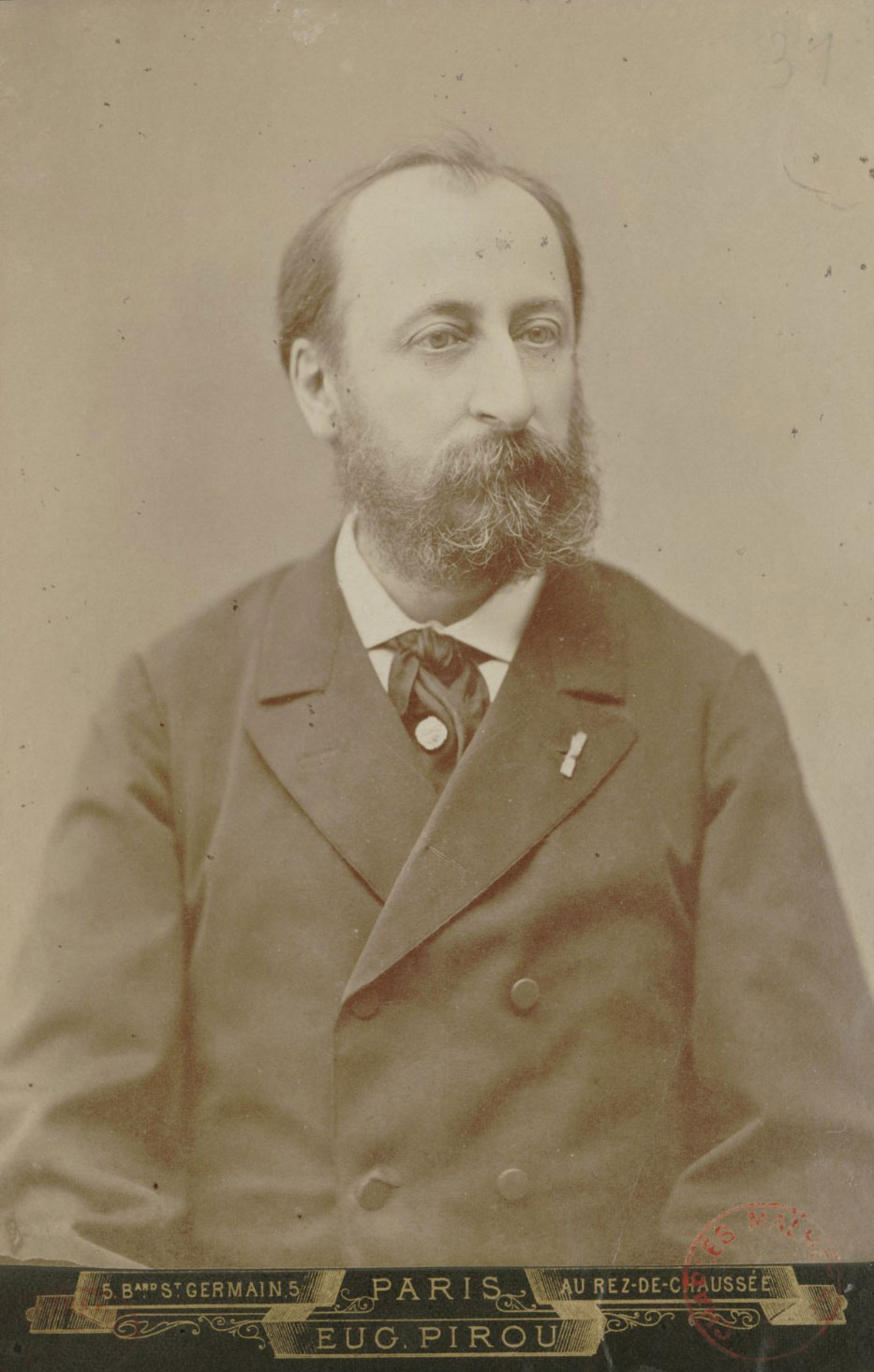
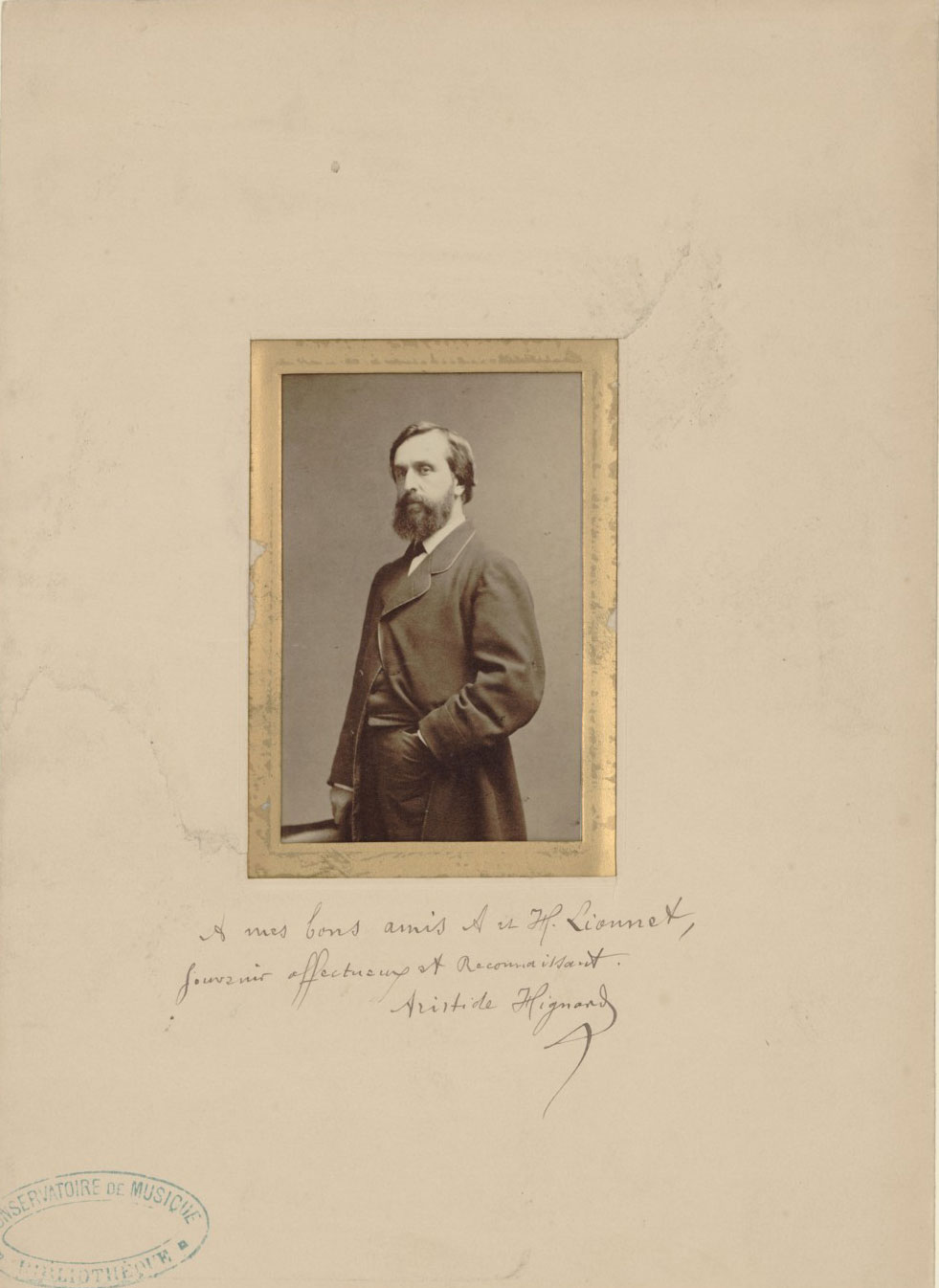



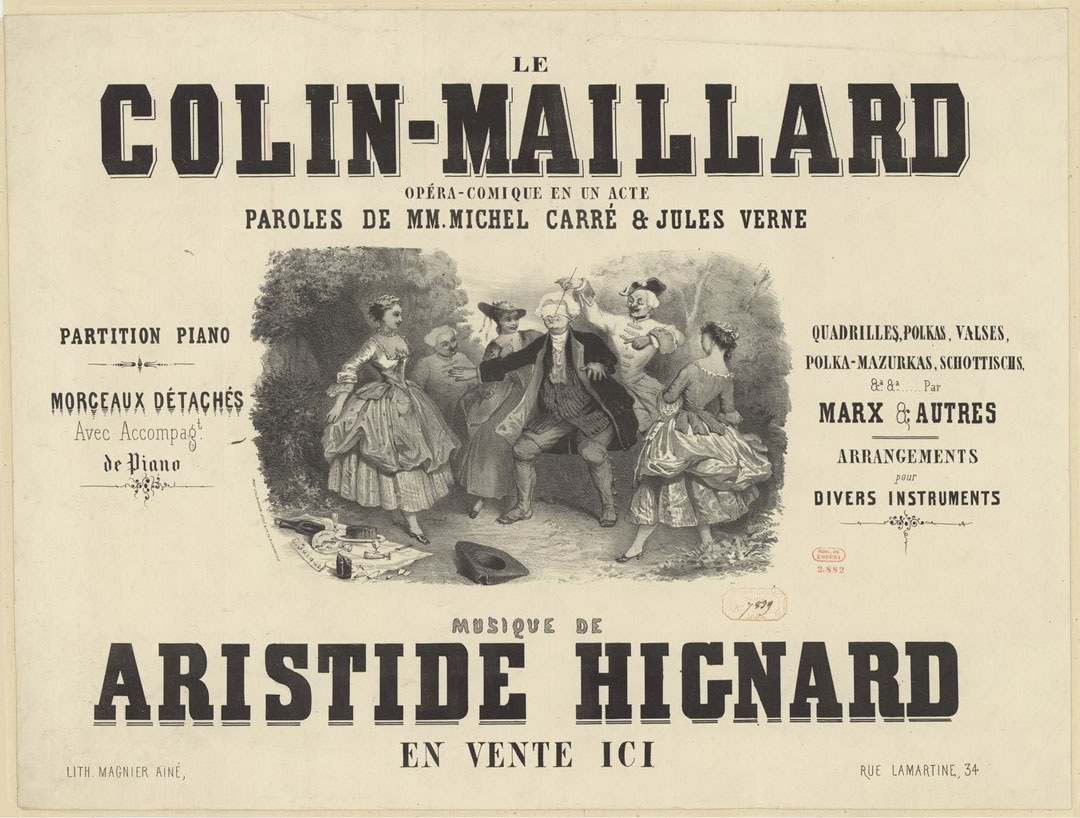


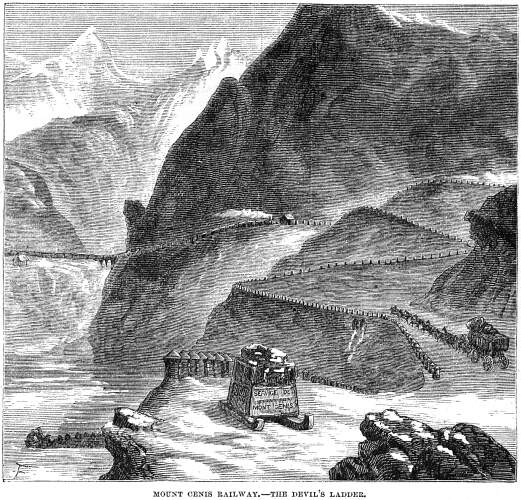

LTDM80J Episode 02:
Brindisi to Mumbai (Via Suez, Aden)
Our journey continues and we are heading south east, from Brindisi to Bombay. As we have already mentioned, our story unfolds in 1872. A very important geographical breakthrough of the time, the opening of the Suez Canal happen just 3 years before the publishing of the book. Thus it inspired Jules Verne, as such a long travel was possible in a very short time. To celebrate the opening of the Suez Canal, Isma'il Pasha, Khedive of Egypt, commissioned Verdi to write the opera Aida to celebrate the opening of the Khedivial Opera House. Eventually Verdi's Rigoletto was performed instead, and Aida premiered in Cairo in 1871.
— Sailed on the Mongolia, Saturday, at 5 P.M.
— The steamer Mongolia, belonging to the Peninsula and Oriental Company, built of iron, of two thousand eight hundred tons burden, and five hundred horse-power, was due at eleven o'clock A.M. on Wednesday, the 9th of October, at Suez. The Mongolia plied regularly between Brindisi and Bombay via the Suez Canal, and was one of the fastest steamers belonging to the company, always making more than ten knots an hour between Brindisi and Suez, and nine and a half between Suez and Bombay.
— Sailed on the Mongolia, Saturday, at 5 P.M.
— The steamer Mongolia, belonging to the Peninsula and Oriental Company, built of iron, of two thousand eight hundred tons burden, and five hundred horse-power, was due at eleven o'clock A.M. on Wednesday, the 9th of October, at Suez. The Mongolia plied regularly between Brindisi and Bombay via the Suez Canal, and was one of the fastest steamers belonging to the company, always making more than ten knots an hour between Brindisi and Suez, and nine and a half between Suez and Bombay.
— Reached Suez, Wednesday, October 9th, at 11 A.M.
— The weather was clear, and slightly chilly. The minarets of the town loomed above the houses in the pale rays of the sun. A jetty pier, some two thousand yards long, extended into the roadstead. A number of fishing smacks and coasting boats, some retaining the fantastic fashion of ancient galleys, were discernible on the Red Sea.— The noble steamer rode out at full steam upon the waters of the Red Sea.
— And the hours were whiled away, when the sea was tranquil,with music, dancing,and games.
— But the Red Sea is full of caprice, and, as its gulfs are long and narrow, too often boisterous. When the wind came from the African or Asian coast, the Mongolia, with her long hull, rolled fearfully. Then the ladies speedily disappeared below; the pianos were silent; singing and dancing suddenly ceased. Yet the good ship ploughed straight on, unretarded by wind or wave, towards the narrows of Bab-el-Mandeb.
— The weather was clear, and slightly chilly. The minarets of the town loomed above the houses in the pale rays of the sun. A jetty pier, some two thousand yards long, extended into the roadstead. A number of fishing smacks and coasting boats, some retaining the fantastic fashion of ancient galleys, were discernible on the Red Sea.— The noble steamer rode out at full steam upon the waters of the Red Sea.
— And the hours were whiled away, when the sea was tranquil,with music, dancing,and games.
— But the Red Sea is full of caprice, and, as its gulfs are long and narrow, too often boisterous. When the wind came from the African or Asian coast, the Mongolia, with her long hull, rolled fearfully. Then the ladies speedily disappeared below; the pianos were silent; singing and dancing suddenly ceased. Yet the good ship ploughed straight on, unretarded by wind or wave, towards the narrows of Bab-el-Mandeb.
— What was Phileas Fogg doing all this time? It might be thought that, in his anxiety, he would be constantly watching the changes of the wind , the disorderly raging of the billows, — every chance, in short, which might force the Mongolia to slacken her speed, and thus interrupt his journey. But if he thought of these possibilities, he did not betray the fact by any outward sign. He passed through the memorable scenes of the Red Sea with cold indifference ; did not care to recognize the historic towns and villages which, along its borders, raised their picturesque outlines against the sky;
— The following night they passed through the Strait of Bab-el-Mandeb, which means in Arabic “The Bridge of Tears," and the next day they put in at Steamer Point, northwest of Aden harbor, to take on coal.
— On Sunday, October 20th, towards noon, they came in sight of the Indian coast.
— The following night they passed through the Strait of Bab-el-Mandeb, which means in Arabic “The Bridge of Tears," and the next day they put in at Steamer Point, northwest of Aden harbor, to take on coal.
— On Sunday, October 20th, towards noon, they came in sight of the Indian coast.
Alternatively listen here︎︎︎


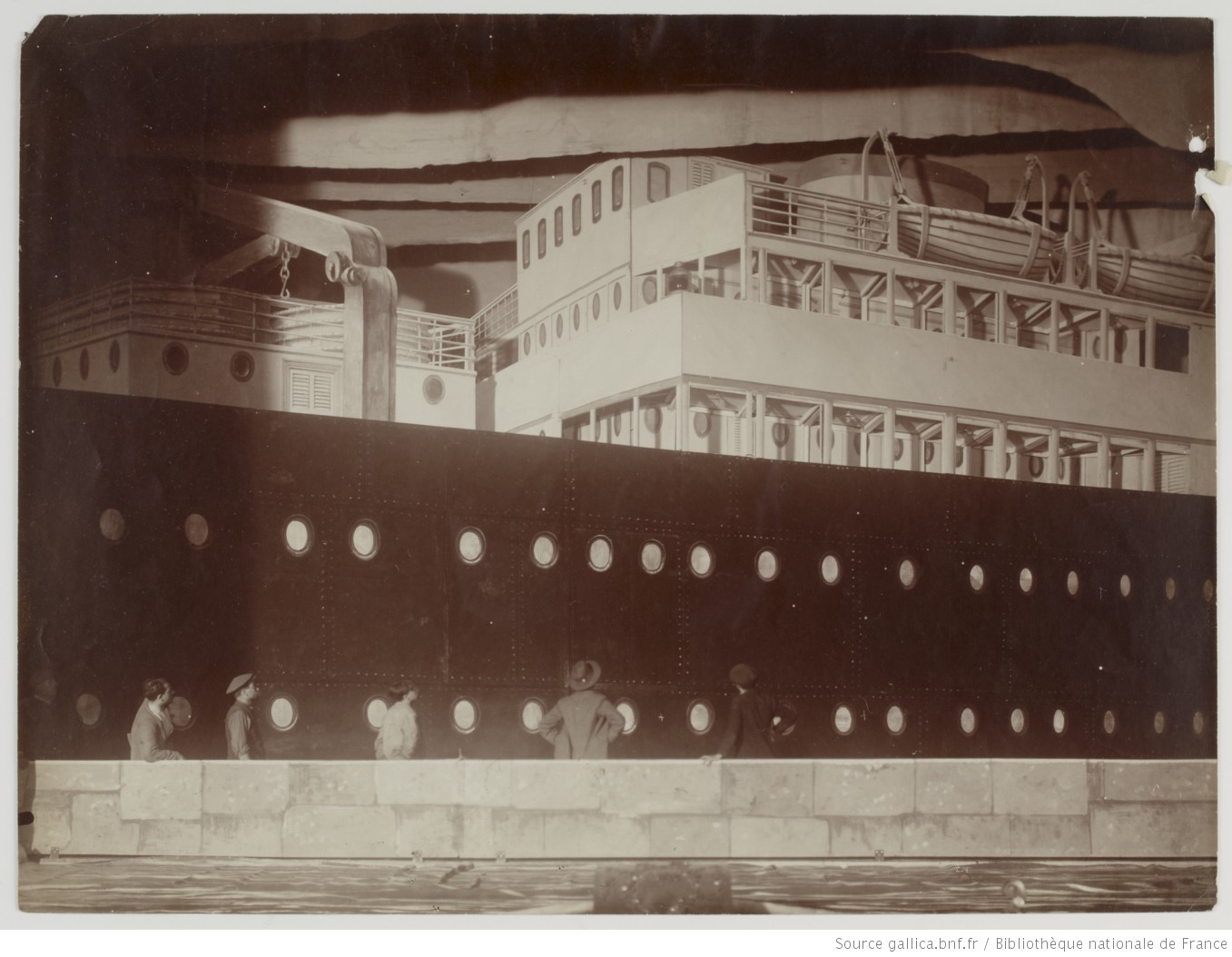




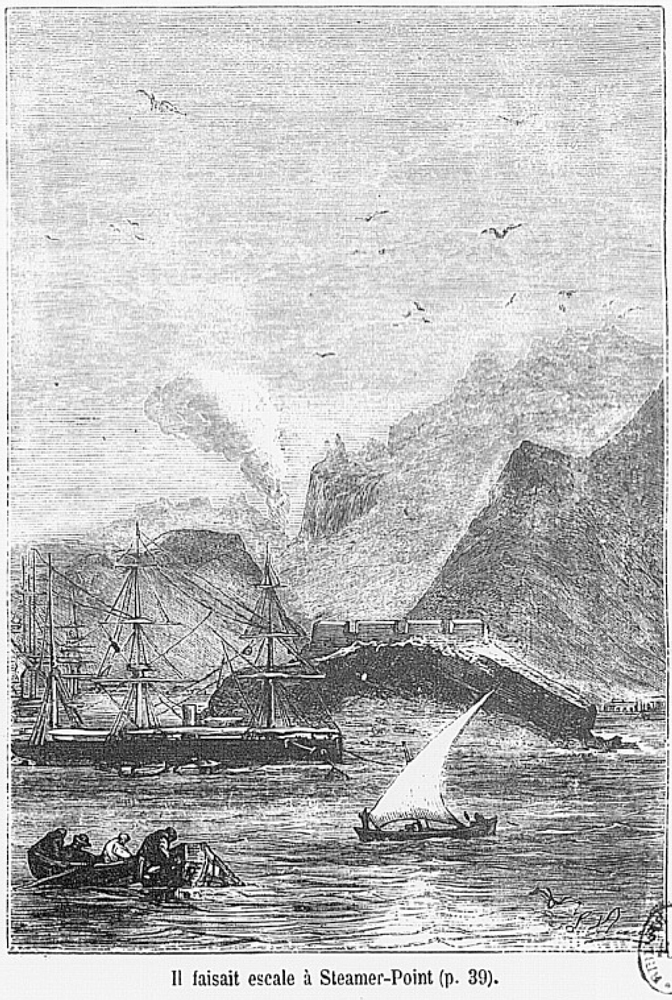


LTDM80J Episode 03:
Mumbai to Calcutta (Via Allahabad, Benares)
While Phileas Fogg travels through India, we ‘ll listen to contemporary music from the country that Verne describes as a great reversed triangle of land. The railway traverses the peninsula from Bombay to Calcutta in just three days. But as the railway was not yet complete, our heroes are forced to get off the train and reach the next station with the only available means of transport they found, an elephant. Travelling through the forests of the Vindhya Mountains, Phileas Fogg will risk his life and the success of his tour, and Passepartout will get an answer to his question, “Is there a heart under the icy exterior of Phileas Fogg?
— The passengers of the Mongolia went ashore at half past four P.M.; at exactly eight the train would start for Calcutta.
— Mr. Fogg […] left the steamer [..] and,with his regular gait, which beat to the second, like an astronomical clock, directed his steps to the passport office. As for the wonders of Bombay,[…] he cared not astraw to see them.
— Left Bombay
— But Phileas Fogg, who was not travelling, but only describing a circumference, took no pains to inquire into these subjects; he was a solid body, traversing an orbit around the terrestrial globe, according to the laws of rational mechanics.
— The passengers of the Mongolia went ashore at half past four P.M.; at exactly eight the train would start for Calcutta.
— Mr. Fogg […] left the steamer [..] and,with his regular gait, which beat to the second, like an astronomical clock, directed his steps to the passport office. As for the wonders of Bombay,[…] he cared not astraw to see them.
— Left Bombay
— But Phileas Fogg, who was not travelling, but only describing a circumference, took no pains to inquire into these subjects; he was a solid body, traversing an orbit around the terrestrial globe, according to the laws of rational mechanics.
— During the night the train left the mountains behind, and passed Nassik, and the next day proceeded over the flat, well-cultivated country of the Khandeish.
— The train entered the defiles of the Sutpour Mountains, which separate the Khandeish from Bundelcund, towards evening.
— The next day […] the train stopped, at eight o'clock, in the midst of a glade some fifteen miles beyond Rothal.
— The project was a bold one, full of difficulty, perhaps impracticable. Mr. Fogg was going to risk life, or at least liberty, and therefor the success of his tour. But he did not hesitate.
— Arrived at Allahabad
— Her shining tresses, divided in two parts, encircle the harmonious contour of her white and delicate cheeks, brilliant in their glow and freshness. Her ebony brows have the form and charm of the bow of Kama, the god of love, and beneath her long silken lashes the purest reflections and a celestial light swim, as in the sacred lakes of Himalaya, in the black pupils of her great clear eyes. Her teeth, fine, equal, and white, glitter between her smiling lips like dewdrops in a passion-flower's half-enveloped breast.
— The train entered the defiles of the Sutpour Mountains, which separate the Khandeish from Bundelcund, towards evening.
— The next day […] the train stopped, at eight o'clock, in the midst of a glade some fifteen miles beyond Rothal.
— The project was a bold one, full of difficulty, perhaps impracticable. Mr. Fogg was going to risk life, or at least liberty, and therefor the success of his tour. But he did not hesitate.
— Arrived at Allahabad
— Her shining tresses, divided in two parts, encircle the harmonious contour of her white and delicate cheeks, brilliant in their glow and freshness. Her ebony brows have the form and charm of the bow of Kama, the god of love, and beneath her long silken lashes the purest reflections and a celestial light swim, as in the sacred lakes of Himalaya, in the black pupils of her great clear eyes. Her teeth, fine, equal, and white, glitter between her smiling lips like dewdrops in a passion-flower's half-enveloped breast.
Her delicately formed ears, her vermilion hands, her little feet, curved and tender as the lotus-bud, glitter with the brilliancy of the loveliest pearls of Ceylon, the most dazzling diamonds of Golconda. Her narrow and supple waist, which a hand may clasp around, sets forth the outline of her rounded figure and the beauty of her bosom, where youth in its flower displays the wealth of its treasures; and beneath the silken folds of her tunic she seems to have been modelled in pure silver by the godlike hand of Vicvarcarma, the immortal sculptor.
— Arrived at Benares
— The railway,on leaving Benares, passed for a while along the alley of the Ganges. Through the windows of their carriage the travellers had glimpses of the diversified landscape of Behar, with its mountains clothed in verdure, its fields of barley, wheat, and corn, its jungles peopled with green alligators, its neat villages, and its still thickly-leaved forests. […] The panorama passed before their eyes like a flash, save when the steam concealed it fitfully from the view;
— Calcutta was reached at seven in the morning, and the packet left for Hong Kong at noon; so that Phileas Fogg had five hours before him.
— “Arrived at Calcutta”
— The railway,on leaving Benares, passed for a while along the alley of the Ganges. Through the windows of their carriage the travellers had glimpses of the diversified landscape of Behar, with its mountains clothed in verdure, its fields of barley, wheat, and corn, its jungles peopled with green alligators, its neat villages, and its still thickly-leaved forests. […] The panorama passed before their eyes like a flash, save when the steam concealed it fitfully from the view;
— Calcutta was reached at seven in the morning, and the packet left for Hong Kong at noon; so that Phileas Fogg had five hours before him.
— “Arrived at Calcutta”
Alternatively listen here︎︎︎
![[Calcutta], ship 'Bombay' & ss 'Mauritius' - The British Library](https://freight.cargo.site/t/original/i/9348b4147633e90540db910d53ff4d26248c4d1edefea3494e47b1e1f30addf4/ship--Bombay----s.s.--Mauritius--1865.jpg)




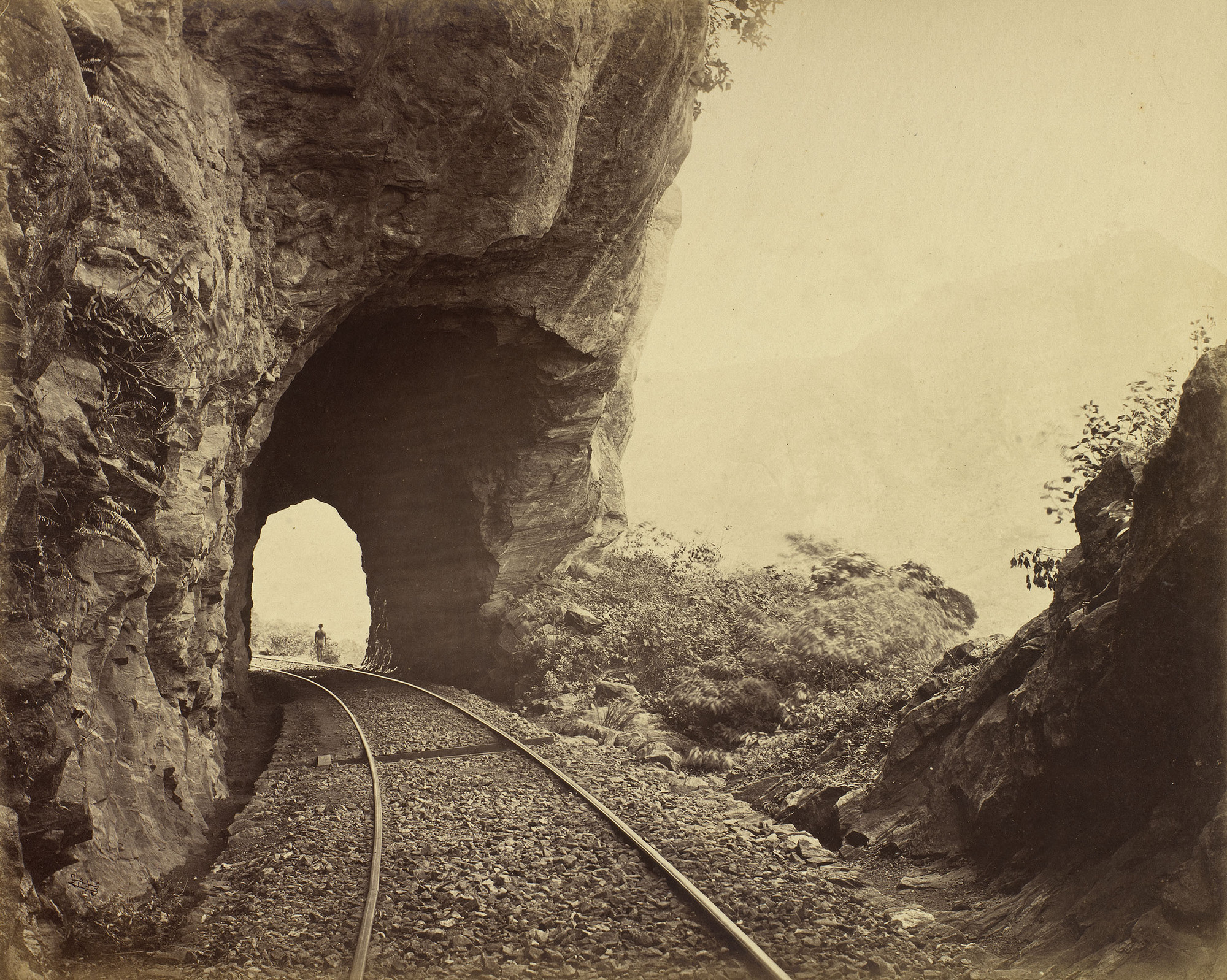
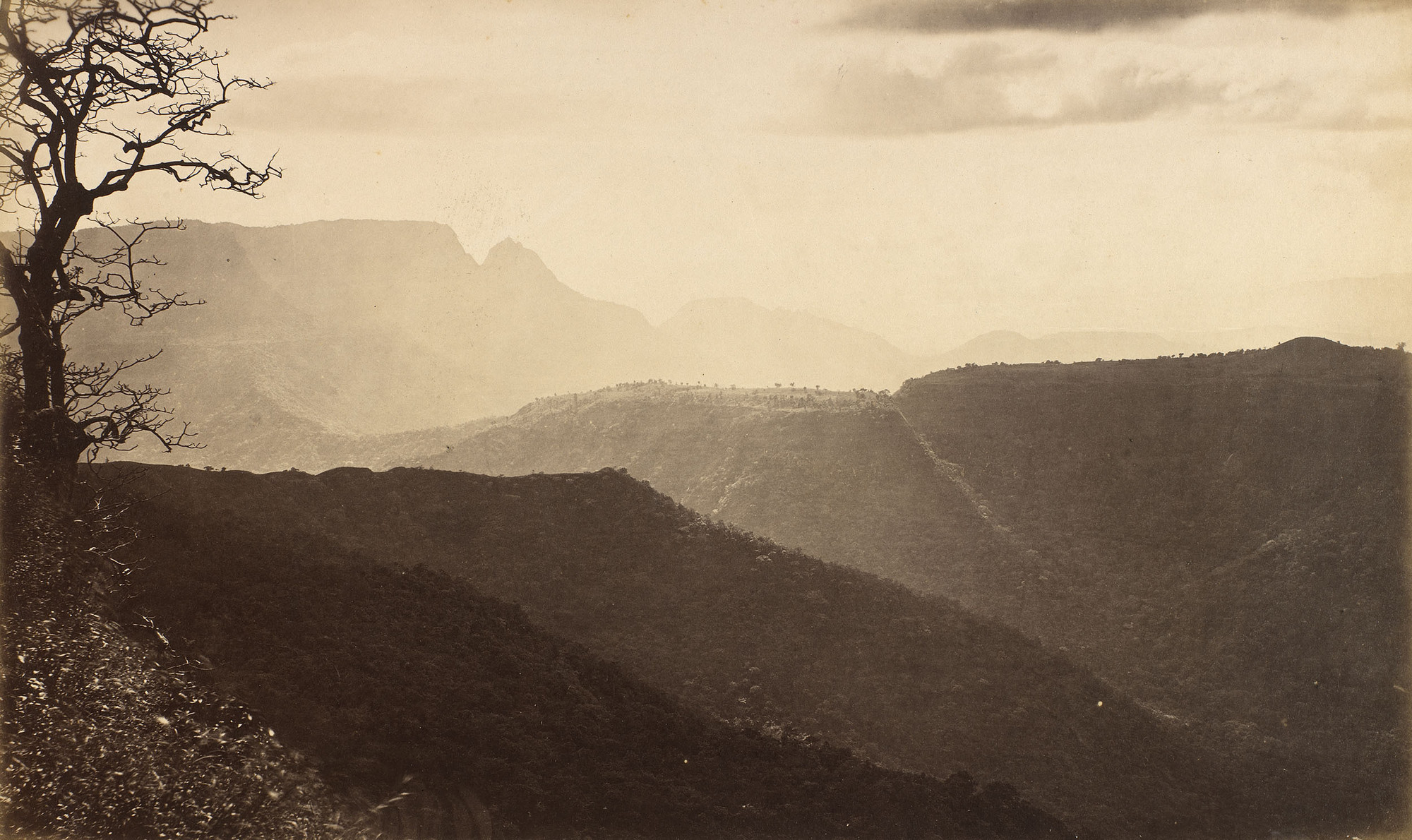

LTDM80J Episode 04:
Calcutta to Shanghai (Via Singapore, Hong Kong)
Thirty-five days after leaving London, Phileas Fogg travels according to his schedule, about twenty four hours behindhand. As Jules Verne writes, Phileas Fogg was passing methodically in his orbit around the world, regardless of the lesser stars which gravitated around him. Earth and sea had seemed to be at his service; steamers and railways obeyed him; wind and steam united to speed his journey. Had the hour of adversity come?
— “The Rangoon - one of the Peninsular 12 and Oriental Company's boats plying in the Chinese and Japanese seas— was a screw steamer, built of iron, weighing about seventeen hundred and seventy tons, and with engines of four hundred horse-power.”
— “The first few days of the voyage passed prosperously, amid favorable weather and propitious winds,and they soon came in sight of the great Andaman, the principal of the islands in the Bay of Bengal, with its picturesque Saddle Peak, two thousand four hundred feet high, looming above the waters.”
— “The Rangoon - one of the Peninsular 12 and Oriental Company's boats plying in the Chinese and Japanese seas— was a screw steamer, built of iron, weighing about seventeen hundred and seventy tons, and with engines of four hundred horse-power.”
— “The first few days of the voyage passed prosperously, amid favorable weather and propitious winds,and they soon came in sight of the great Andaman, the principal of the islands in the Bay of Bengal, with its picturesque Saddle Peak, two thousand four hundred feet high, looming above the waters.”
— “They soon came in sight of the great Andaman, the principal of the islands in the Bay of Bengal, with its picturesque Saddle Peak, two thousand four hundred feet high, looming above the waters.”
— “Vast forests of palms, arecs, bamboo, teak-wood, of the gigantic mimosa, and tree-like ferns covered the foreground, while behind, the graceful outlines of the mountains were traced against the sky.”
— “Reached Singapore”
— “Left Singapore”
— “He was passing methodically in his orbit around the world, regardless of the lesser stars which gravitated around him. Yet there was near by what the astronomers would call a disturbing star, which might have produced an agitation in this gentleman's heart. But no! the charms of Aouda failed to act,[…] and the disturbances, if they existed, would have been more difficult to calculate than those of Uranus, which led to the discovery of Neptune.”
— “Vast forests of palms, arecs, bamboo, teak-wood, of the gigantic mimosa, and tree-like ferns covered the foreground, while behind, the graceful outlines of the mountains were traced against the sky.”
— “Reached Singapore”
— “Left Singapore”
— “He was passing methodically in his orbit around the world, regardless of the lesser stars which gravitated around him. Yet there was near by what the astronomers would call a disturbing star, which might have produced an agitation in this gentleman's heart. But no! the charms of Aouda failed to act,[…] and the disturbances, if they existed, would have been more difficult to calculate than those of Uranus, which led to the discovery of Neptune.”
— “Reached Hong-Kong”
— ”The Tankadere entered the Straits of Fo-Kien which separate the island of Formosa from the Chinese coast, in the small hours of the night, and crossed the Tropic of Cancer. The sea was very rough in the straits, full of eddies formed by the counter currents.”
— ”The wind grew decidedly more calm,and happily the sea fell with it. All sails were hoisted, and at noon the Tankadere was within forty-five miles of Shanghai. There remained yet six hours in which to accomplish that distance.”
— ”The Tankadere entered the Straits of Fo-Kien which separate the island of Formosa from the Chinese coast, in the small hours of the night, and crossed the Tropic of Cancer. The sea was very rough in the straits, full of eddies formed by the counter currents.”
— ”The wind grew decidedly more calm,and happily the sea fell with it. All sails were hoisted, and at noon the Tankadere was within forty-five miles of Shanghai. There remained yet six hours in which to accomplish that distance.”





